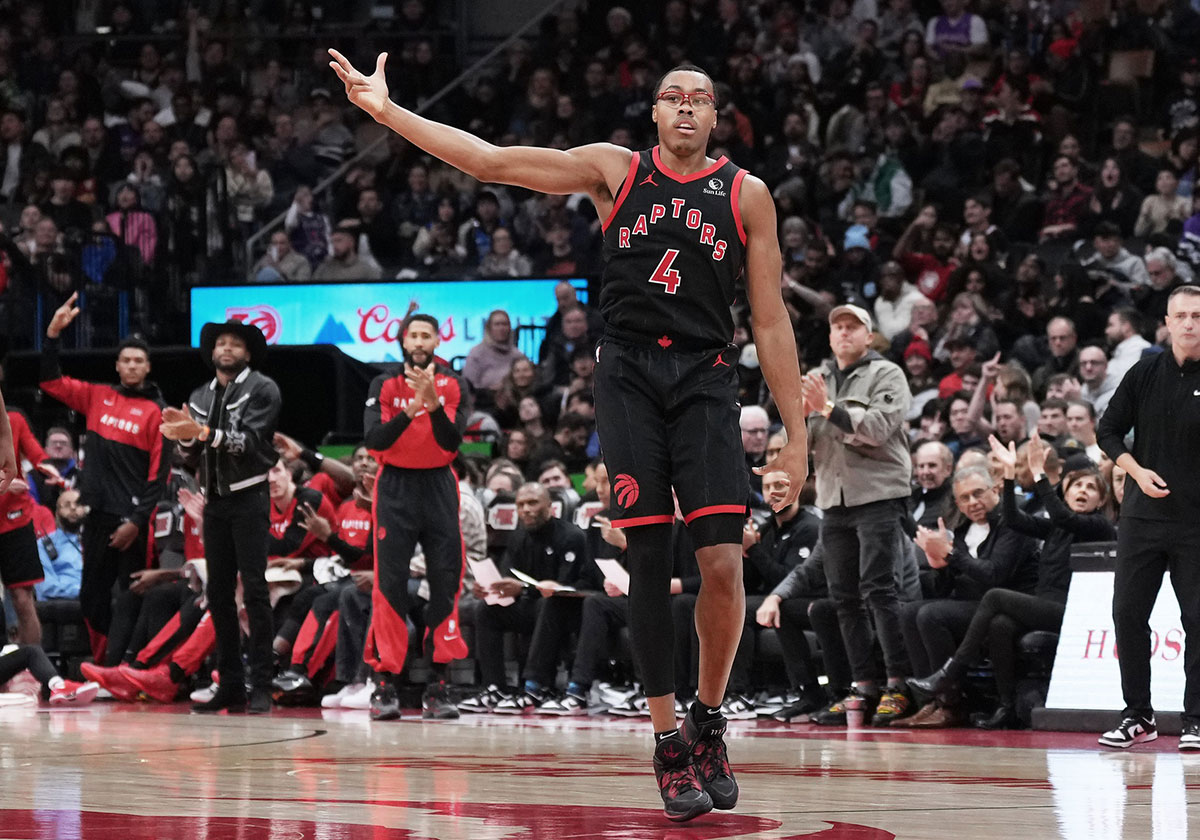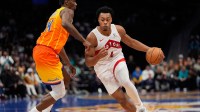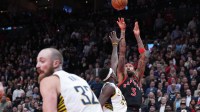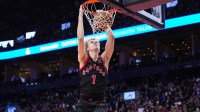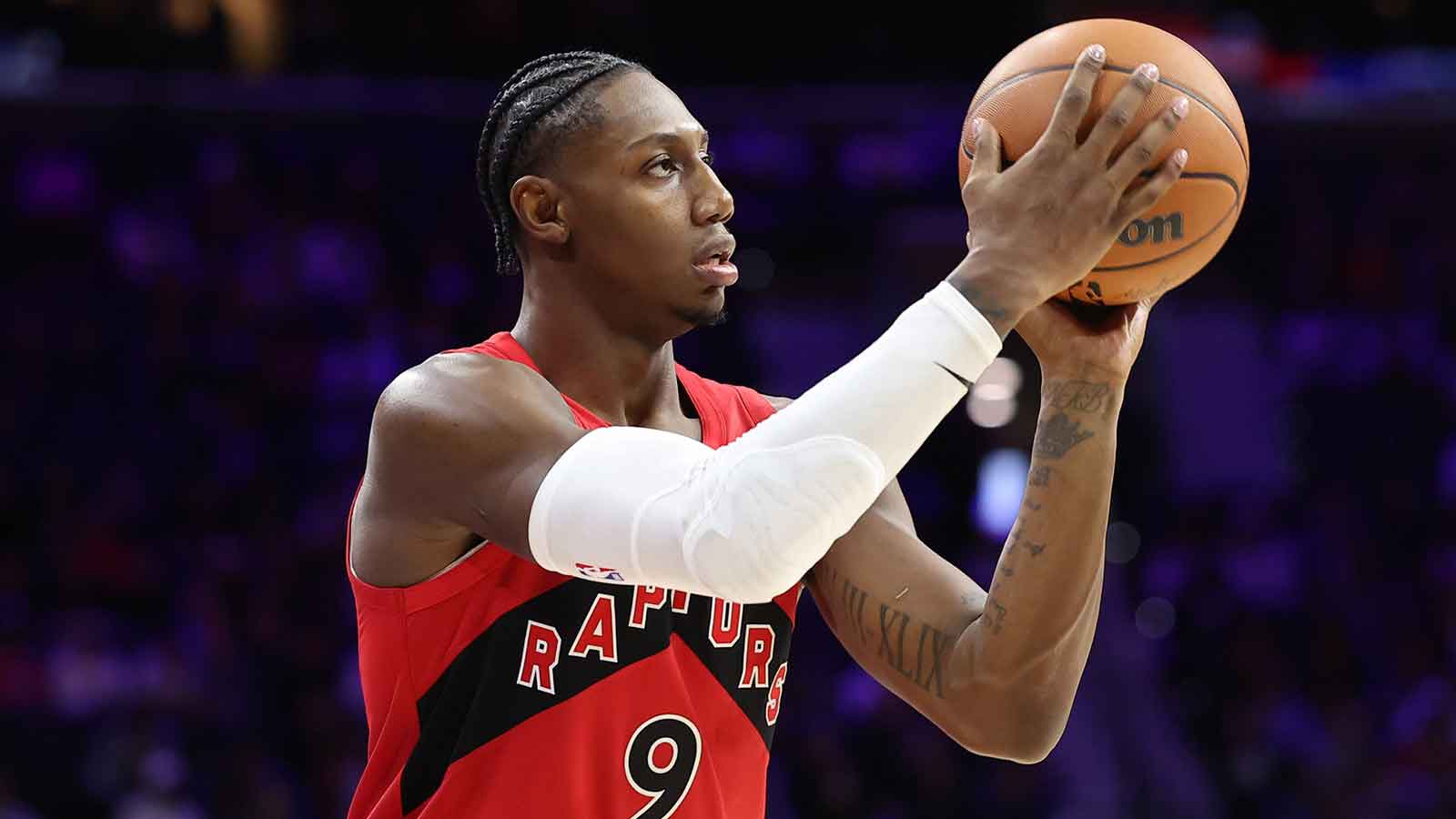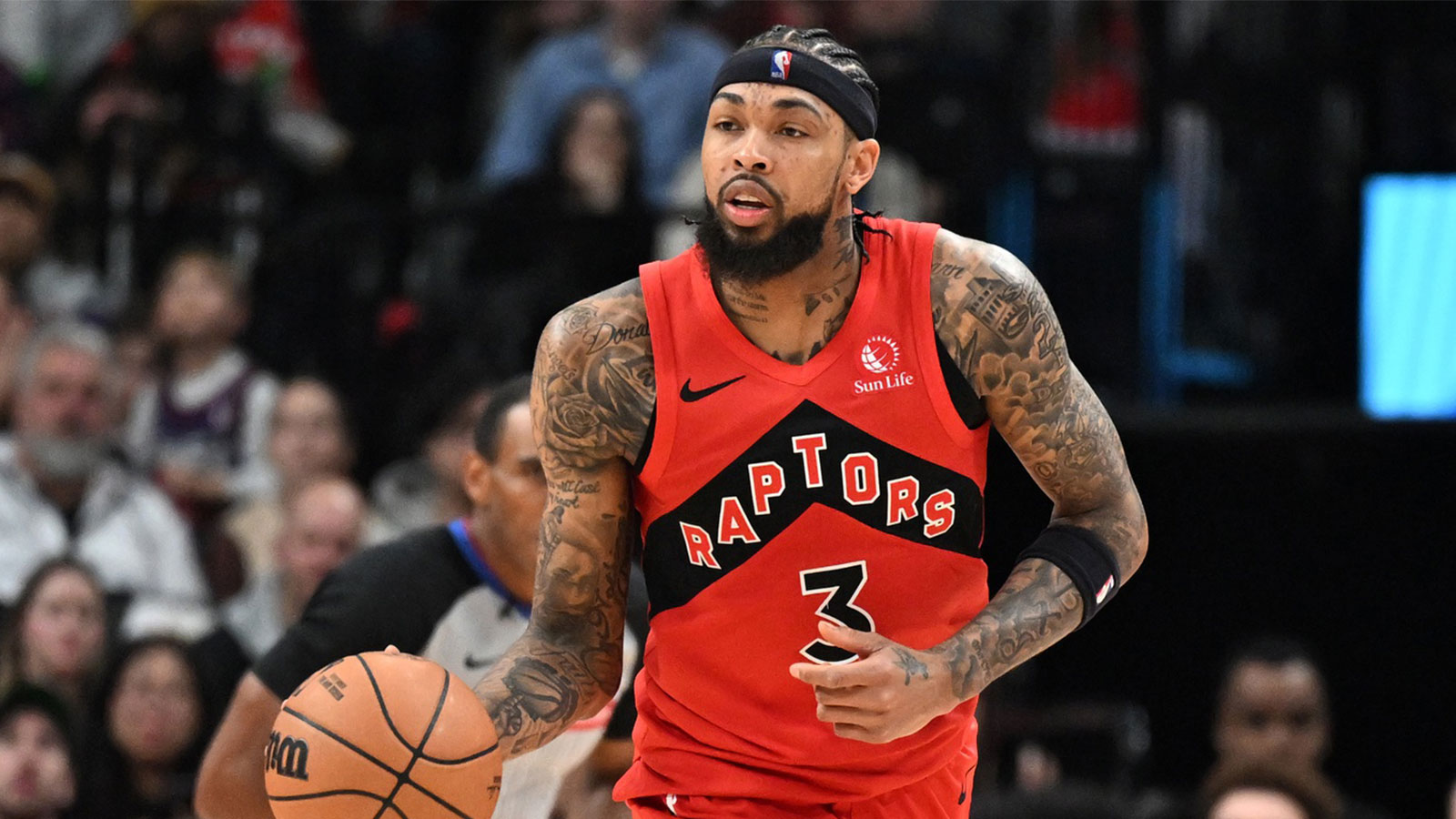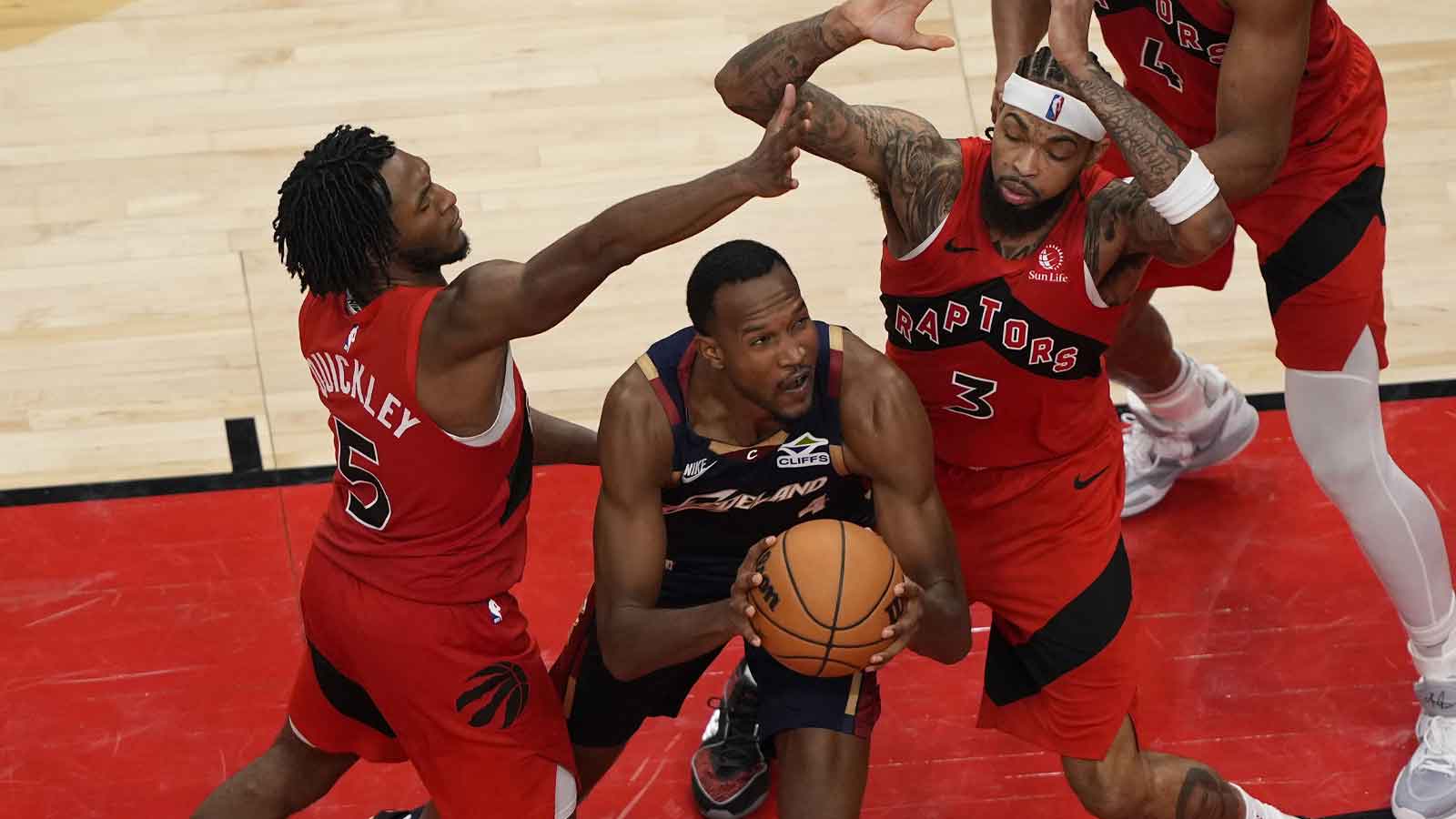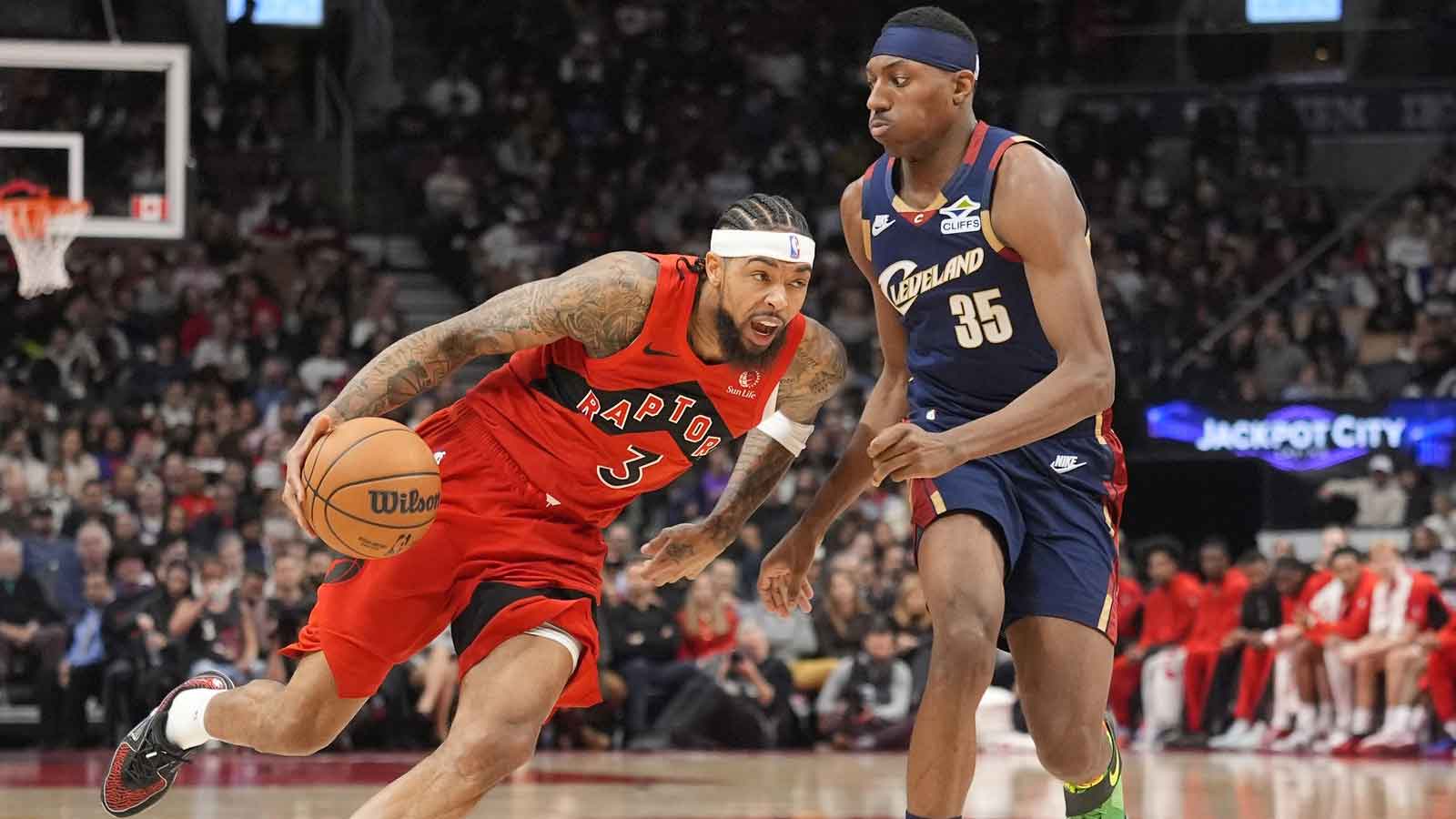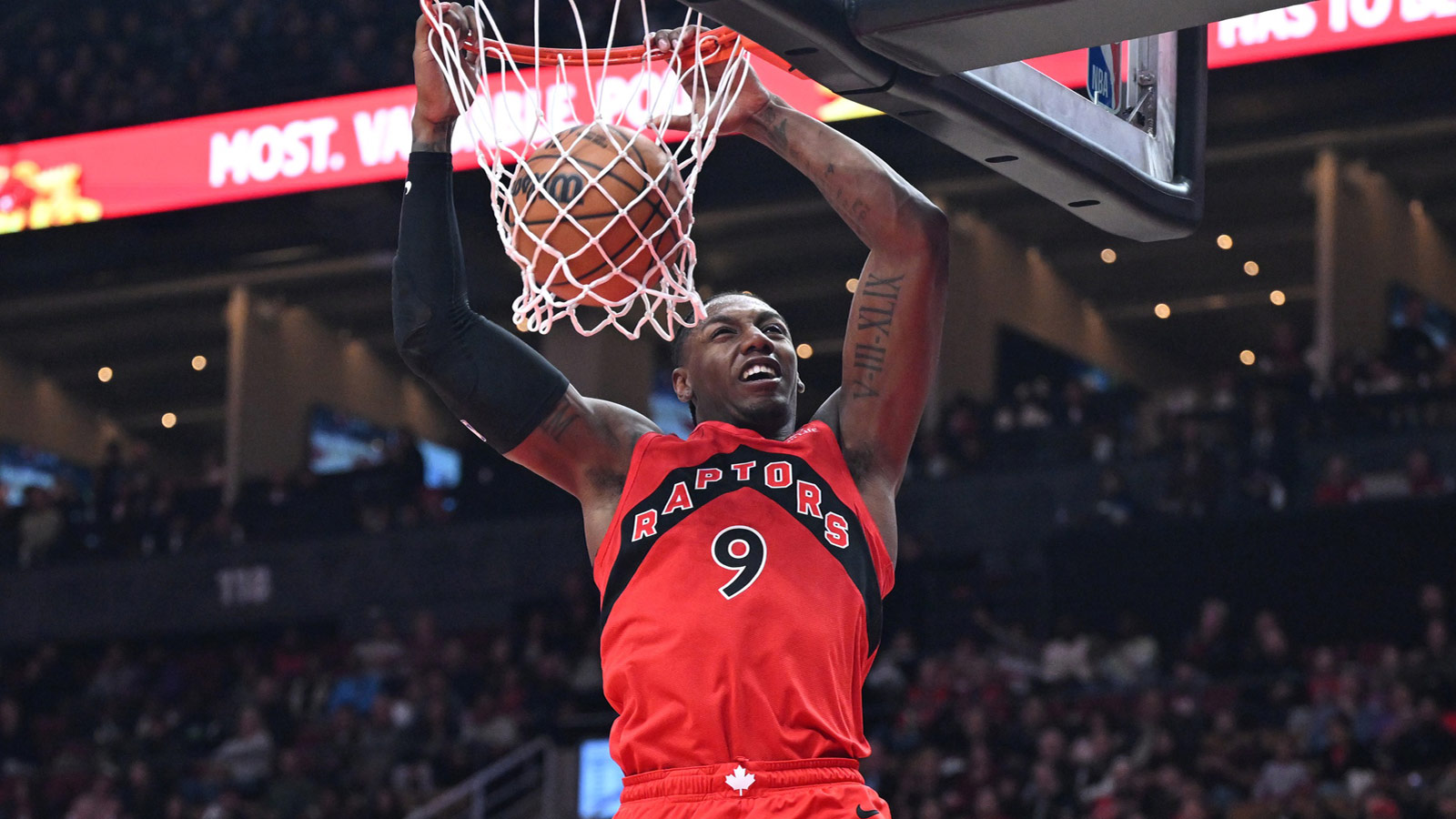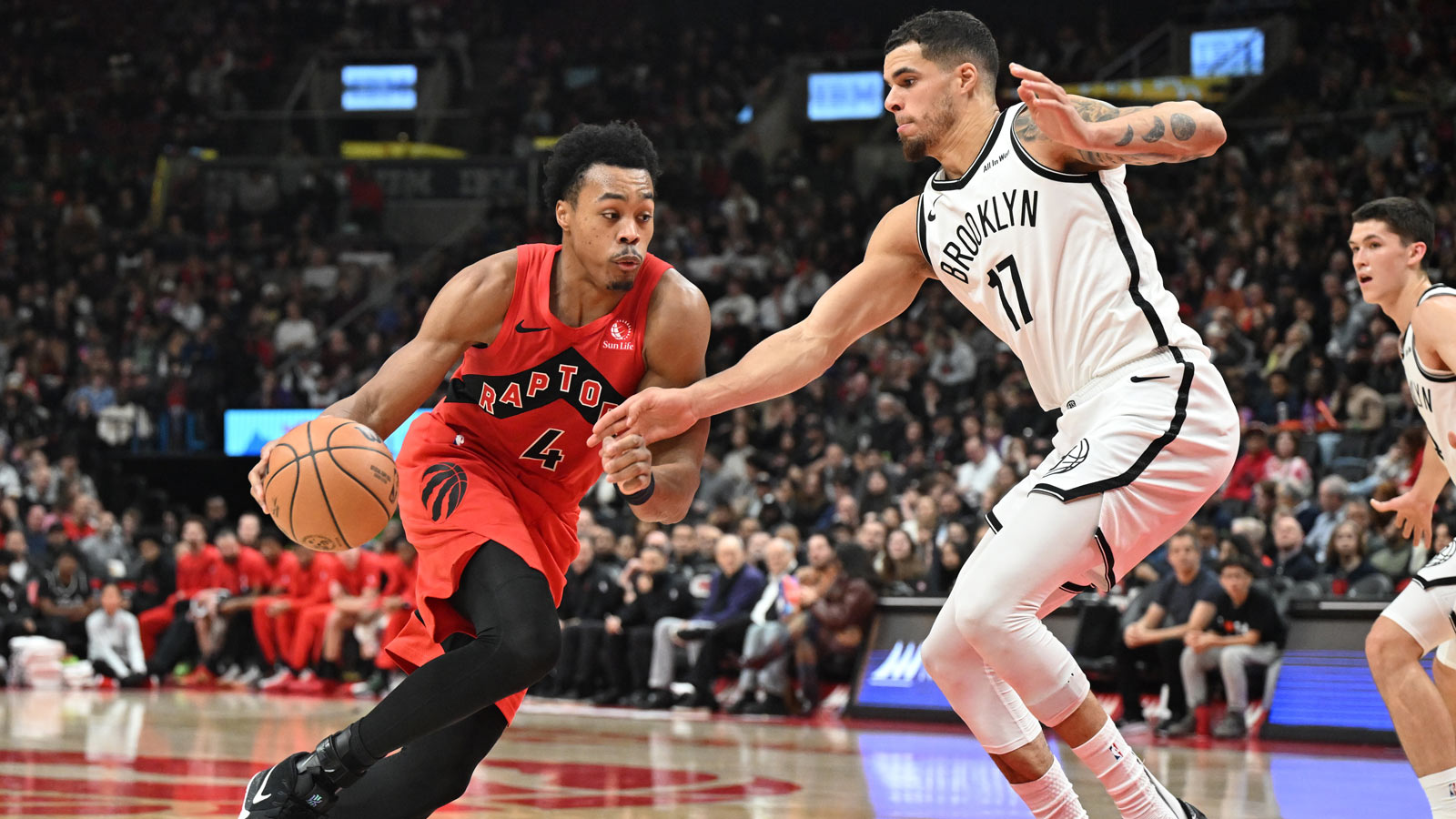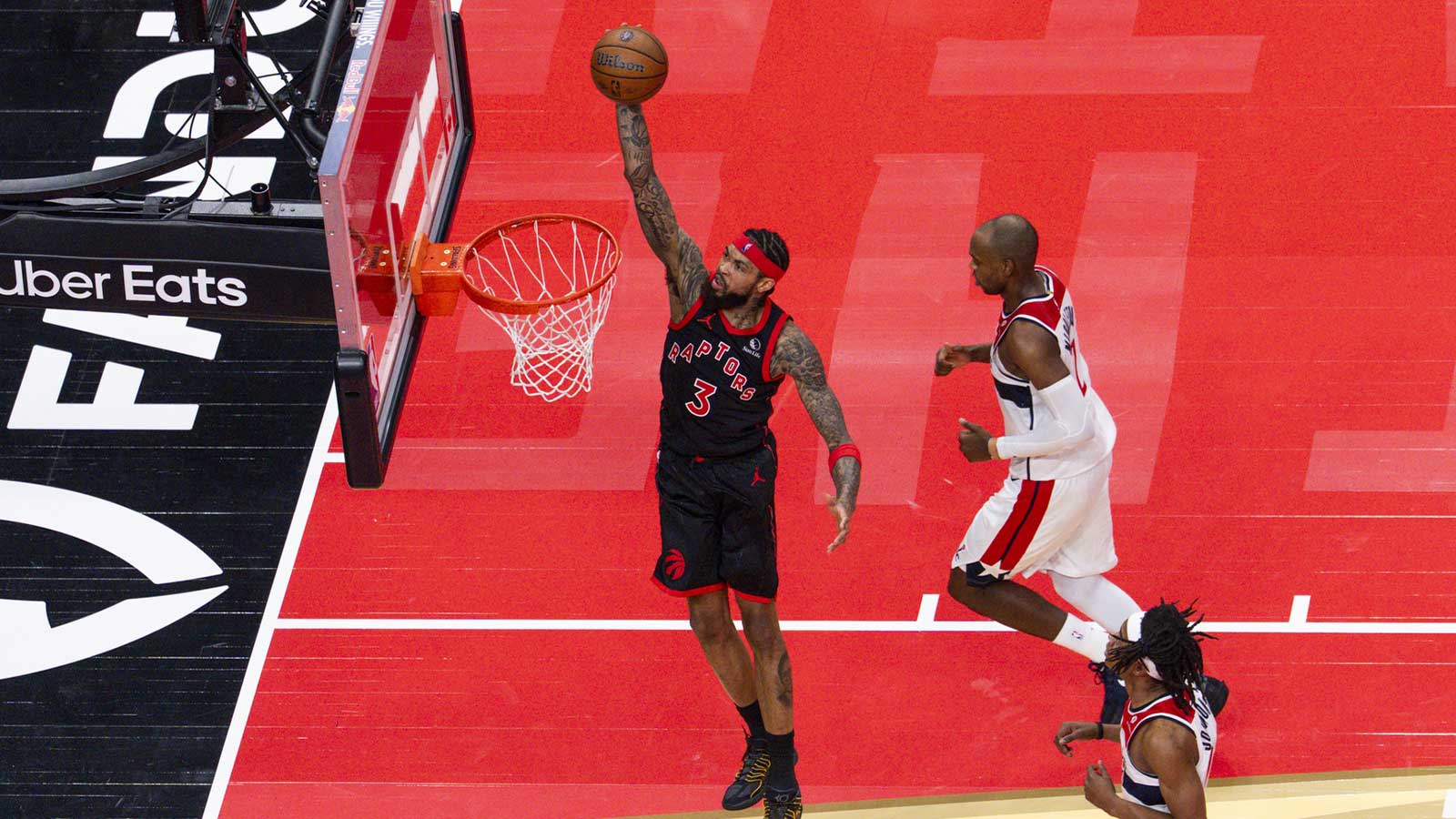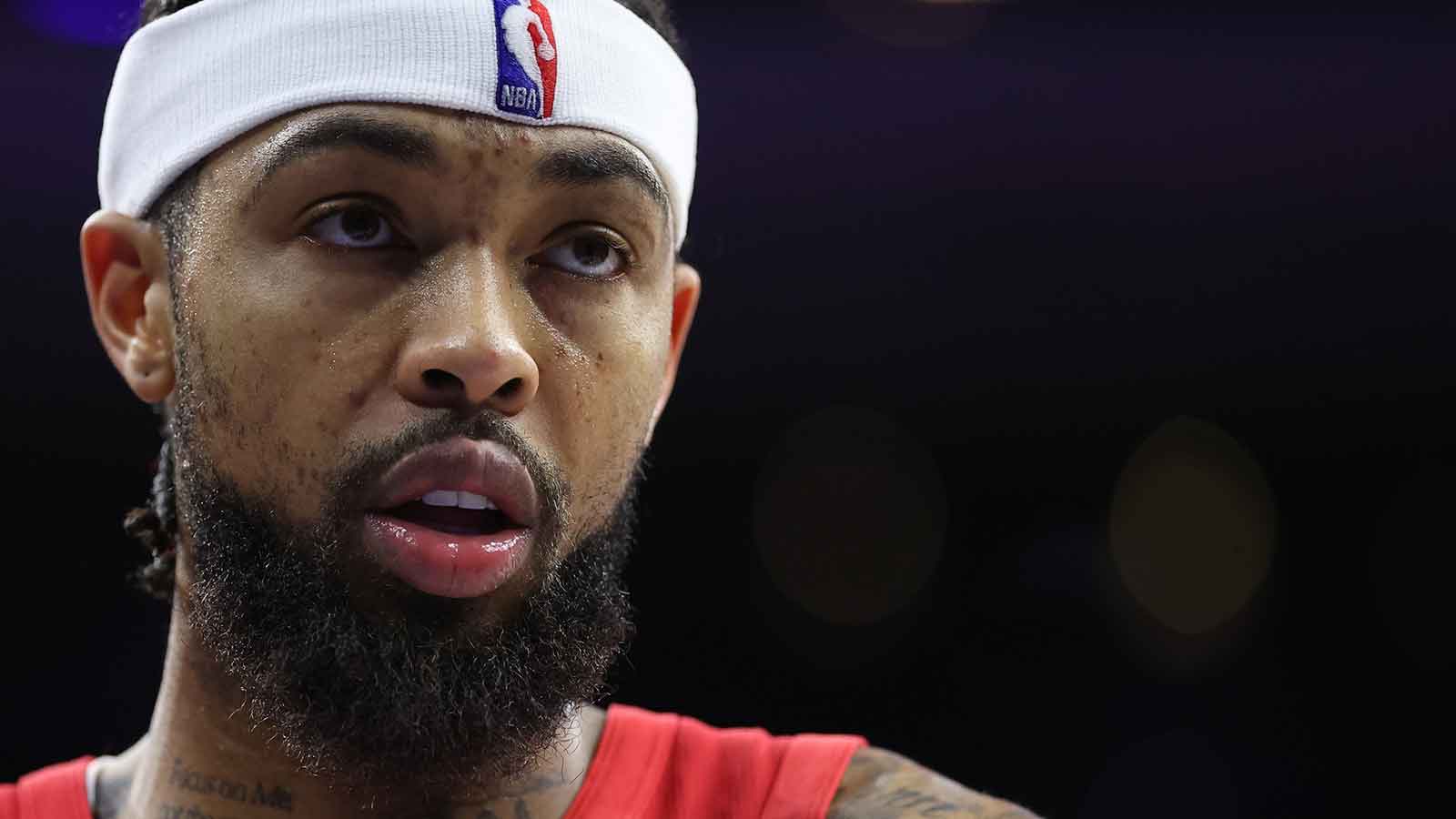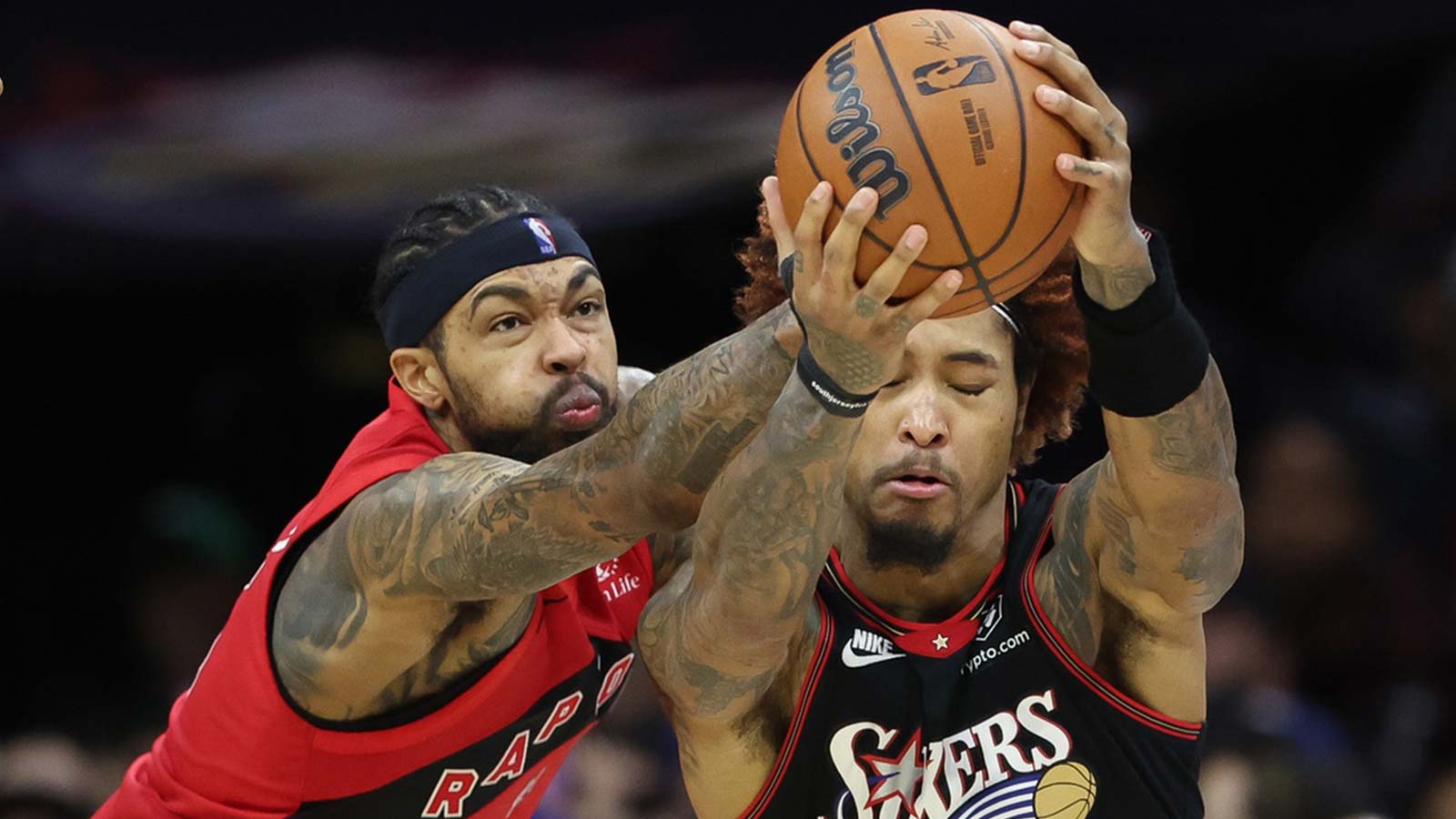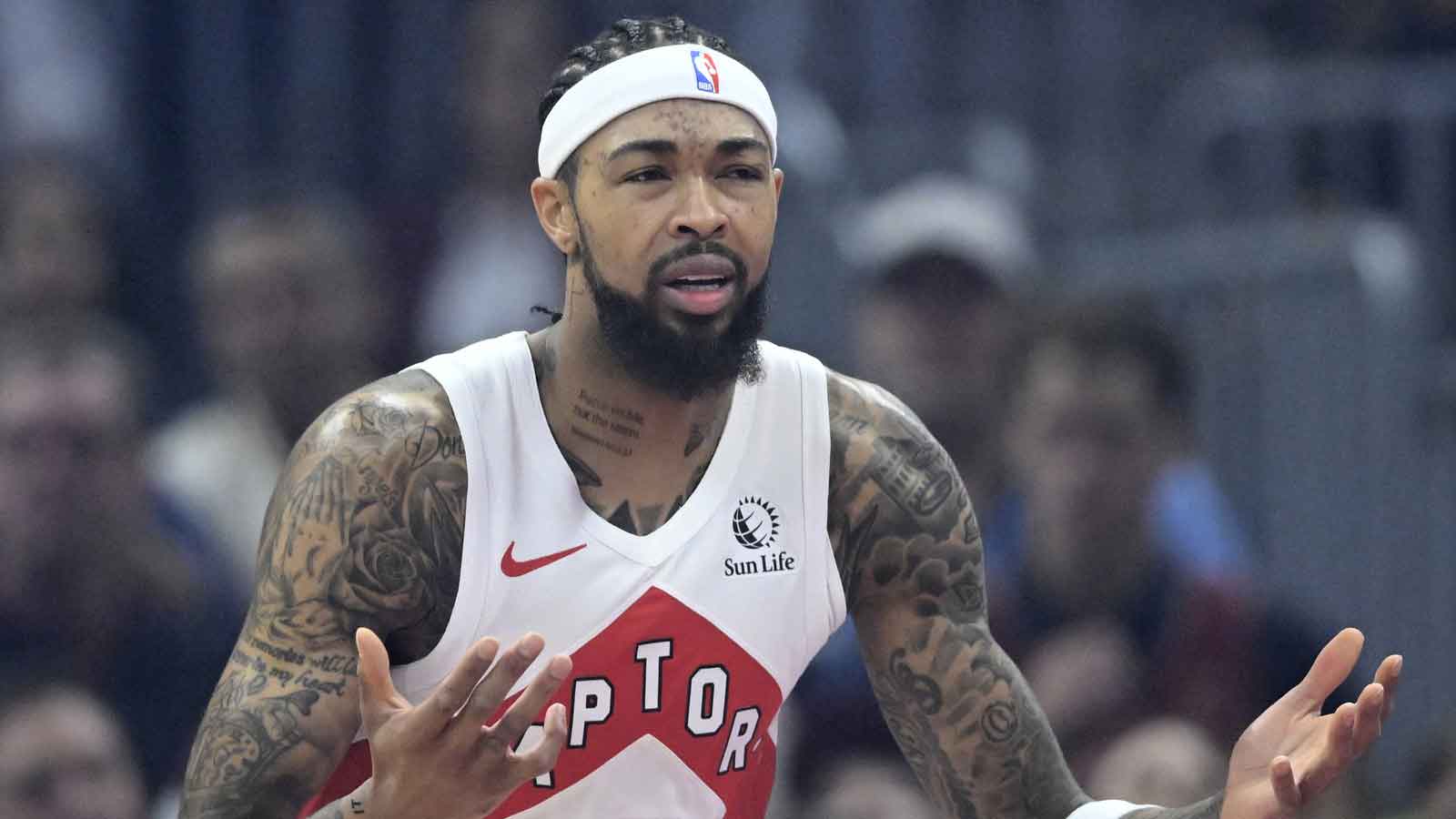The release of the NBA schedule always sparks a flurry of speculation, and for the Toronto Raptors, this season comes with particular intrigue. After finishing the 2024-25 campaign with a disappointing 30-52 record, the Raptors find themselves at a crossroads. They weren’t competitive enough to threaten for a playoff spot, landing just below the play-in tournament, but they also resisted blowing things up completely. Instead, Toronto’s front office doubled down on strategic patience, opting for continuity with their young core while sprinkling in calculated additions. As the 2025-26 season looms, the Raptors face questions about whether that patience will translate into tangible progress or yet another year of mediocrity.
Did the offseason change the Raptors' identity?
The Raptors’ offseason was less about bold strokes and more about refinement. They used the No. 9 pick in the 2025 NBA Draft to select South Carolina forward Collin Murray-Boyles, a player who immediately polarized analysts. His defensive instincts and motor made him an intriguing fit for a Raptors team that has long prided itself on defensive versatility. However, his limited half-court scoring ability raised concerns, especially for a roster already starving for reliable shot creation. Summer League performances only reinforced this narrative. CMB appeared to be an instant defensive contributor but struggled when tasked with generating offense.
Toronto’s decision to extend Jakob Poeltl also signaled stability over transformation. Poeltl may not be a flashy player, but his rim protection, rebounding, and screening provide a stabilizing force. Add to that the quiet acquisition of Sandro Mamukelashvili in free agency, and it’s clear that the Raptors chose depth and development over star-hunting. The philosophy is straightforward: let Scottie Barnes, RJ Barrett, Immanuel Quickley, and now Murray-Boyles grow together, while a strong veteran spine keeps the team afloat.
What are the key matchups on the Raptors' 2025-26 schedule?
Schedules are more than dates; they often define narratives. For Brandon Ingram, traded from New Orleans to Toronto last season, March 11 against the Pelicans will be circled in red ink. Facing the franchise that shipped him out in exchange for Bruce Brown and Kelly Olynyk provides both personal motivation and a storyline for fans to follow.
Beyond that, the Raptors’ early slate is daunting. Games against Milwaukee, Dallas, and Boston within the first six weeks will test their resilience. Toronto also faces a brutal December stretch that includes Golden State, Boston, and Miami, all potential top-tier teams.
Predicting the Raptors’ 2025-26 record
Projecting Toronto’s season requires balancing optimism about internal development with realism about its limitations. Scottie Barnes remains the centerpiece, and his progression into a consistent All-Star-level player is crucial. Barnes has improved each year, but his outside shooting and leadership will be tested more than ever. RJ Barrett, entering another season with Toronto, needs to provide efficient secondary scoring and avoid the streaky play that has plagued his career. Quickley’s role as a stabilizing guard is equally important; if he can anchor the backcourt with reliable playmaking and defense, Toronto will finally have the kind of guard presence it has lacked since the days of Kyle Lowry and Fred VanVleet.
Scottie Barnes getting EXPLOSIVE.
🎥 @bmacfischer5 pic.twitter.com/rOpNWHRcpx
— Pensare Basketball (@PensareBBall) August 30, 2025
Still, the glaring issue persists: this team lacks a true elite scorer capable of bending defenses in crunch time. Unless Barnes takes a massive leap, Toronto will struggle to consistently close games, which often separates playoff squads from lottery-bound teams. Factoring in these realities, a modest improvement seems likely. The Raptors appear better positioned than last year’s 30-52 finish, and this year they have a good chance to make the playoffs in the weakened East.
They can have a 38-44 record, enough to hover around the 9th or 10th seed in the Eastern Conference, potentially sneaking into the play-in tournament but unlikely to advance much further.
What is the potential playoff outcome?
If Toronto does secure a play-in berth, the ceiling appears modest. Against stronger, playoff-tested teams like Boston, Milwaukee, or Miami, the Raptors’ flaws would be ruthlessly exposed. Their lack of offensive firepower and half-court execution would make them underdogs in any first-round matchup. At best, Toronto could push its way into the 8th seed via the play-in, but a quick first-round exit against the conference’s top teams feels inevitable.
That said, simply making the playoffs, even through the play-in, would mark progress for a team that has been stuck in the middle since trading Pascal Siakam and OG Anunoby. The front office might frame it as a step forward for Barnes and the young core, setting the stage for bigger moves down the line.
What trades, awards, and coaching futures could come?
Beyond wins and losses, several subplots are worth watching this season.
One is the potential for midseason trades. Toronto’s roster has useful veterans: Poeltl and Garrett Temple, who could attract interest from contenders. If the Raptors stumble badly early in the season, it wouldn’t be shocking to see the front office pivot, cashing in veterans for more future assets while handing even more responsibility to the young core. On the flip side, if they hover near .500, Toronto may hold firm, betting on internal growth instead of disruption.
As for awards, Scottie Barnes is the obvious candidate. If he leads Toronto to the play-in while averaging something in the range of 20-8-6 with improved efficiency, he could insert himself into the conversation for Most Improved Player or at least earn his first All-Star selection.
🗣️ DEFENCE pic.twitter.com/HaaKLnKLeE
— Toronto Raptors (@Raptors) July 19, 2025
Collin Murray-Boyles, meanwhile, has an outside shot at the All-Rookie Second Team if his defensive energy translates immediately, though his offensive limitations will cap his ceiling in year one.
Coaching also looms as a subplot. Darko Rajaković has been patient and steady, but two consecutive seasons outside the playoffs might put pressure on his job security. Toronto is not known for rash coaching changes, yet if the team stagnates, whispers about whether Rajaković is the right leader for this group could surface.
What will this season mean for the Raptors?
The Raptors are entering 2025-26 with tempered expectations. They are not contenders, but they are not tankers either. Their strategy is rooted in development, patience, and selective moves rather than chasing splashy short-term gains. Fans should expect incremental progress rather than seismic change. A record in the high 30s, a shot at the play-in, and continued growth from Scottie Barnes would qualify as a success.
Toronto’s story this year is not about championships but about direction. If Barnes cements himself as a star, Barrett and Quickley prove consistent, and Murray-Boyles flashes defensive upside, the Raptors will finally feel like a team with a clear future trajectory. If not, another offseason of hard questions about roster construction may await.
The 2025-26 Raptors won’t light the league on fire, but they will be better than last season. And for a franchise that has hovered in uncertainty, even modest progress will feel meaningful.

